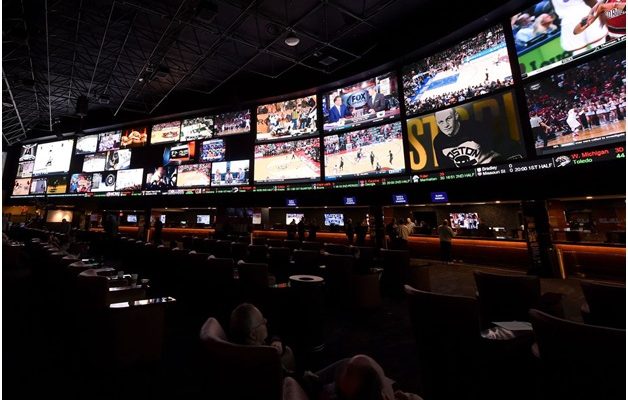Perfect Deals with the best Poker Games Now

Just like the many resolutions taken at the dawn of the New Year struggling to see the month of February, poker players are known to experience a wave of motivation during the holiday season, wishing to embark on a real serious and lucrative year to through their passion that is poker. Unfortunately, the goals set are often unrealistic, which gives them an abruptly shortened life, once they fall short a first time.
The First Mistake
The main mistake of many players is to set purely monetary goals for periods as small as a month. Their goal will look like “Make at least $ 500 profit every month of 2014.”. However, the intrinsic variance of poker will soon pour icy shower on such goals, even if the player plays poker exemplary. Realistic goals are, first and foremost, objectives that focus not on the results, but on the player himself. It is when respected that the real sustainable results follow. You should follow the poker training sites for this task.
The Right Goal
A goal must above all be motivating. If the goal you have in mind is rational, but almost disgusts you to think about it, be certain that the motivation will soon disappear. What, in your very specific player context, would make you proud to perform? It does not have to be a financial goal. Learn a new variant and win?
Avoid the episodes of tilt responsible for the disappearance of too much buy-in of silver games in 2013? To play hard, at least such a number of hours or hands per month? Finally respect strict rules of bankroll management? Study your game? Simply double your working capital? The goals are as varied as the player profiles are. The important thing is to find what motivates you and what will make you proud when you do it. For the Tournament Poker Edge this is important now.
An objective must be attainable
This means setting realistic goals as well as relatively short-term goals so as not to lose motivation. As a result, tiered goals are often more rational than just the ultimate goal. Double your current working capital by controlling your current limit, before comfortably settling to the upper limit, then again doubling your credit (in short, quadruple your bankrollin two steps), is a much more grasping objective than saying: “I have $ 500 and I would like to have at least $ 5,000 of bankroll at the end of the year”.
Decompose, establish a game plan and go step by step. This will avoid being completely discouraged and giving up the goal if the results are not there in the first few months, since the next milestone in your plan is much closer to you than the end goal.












